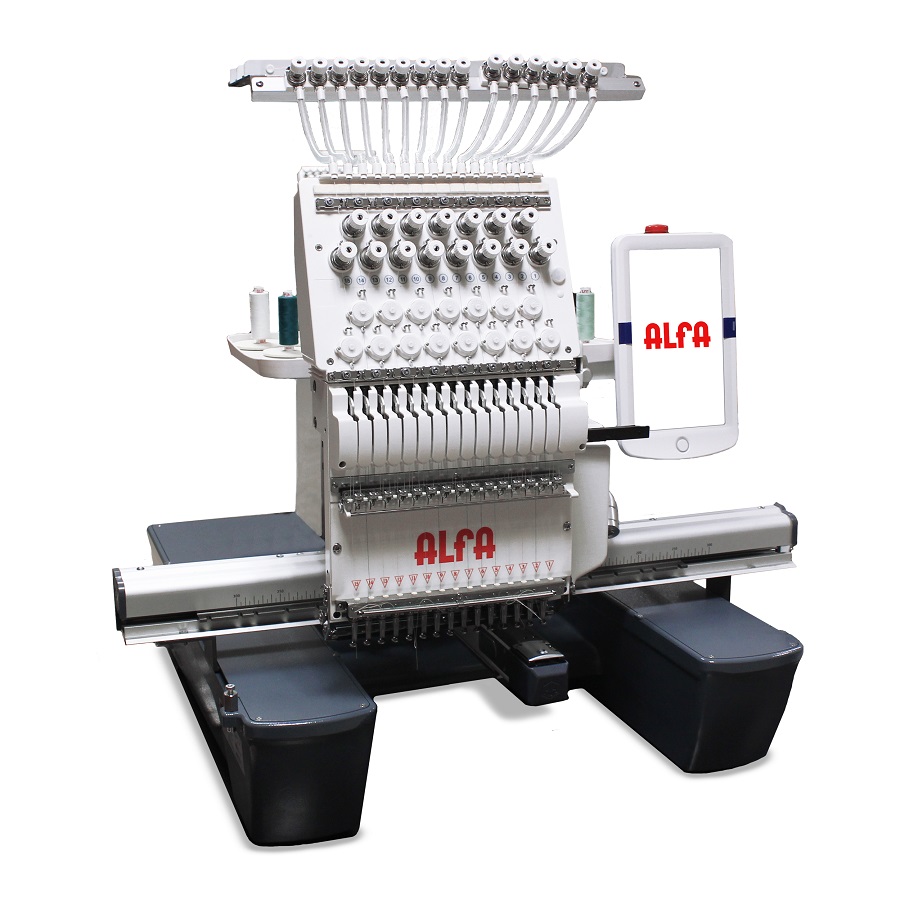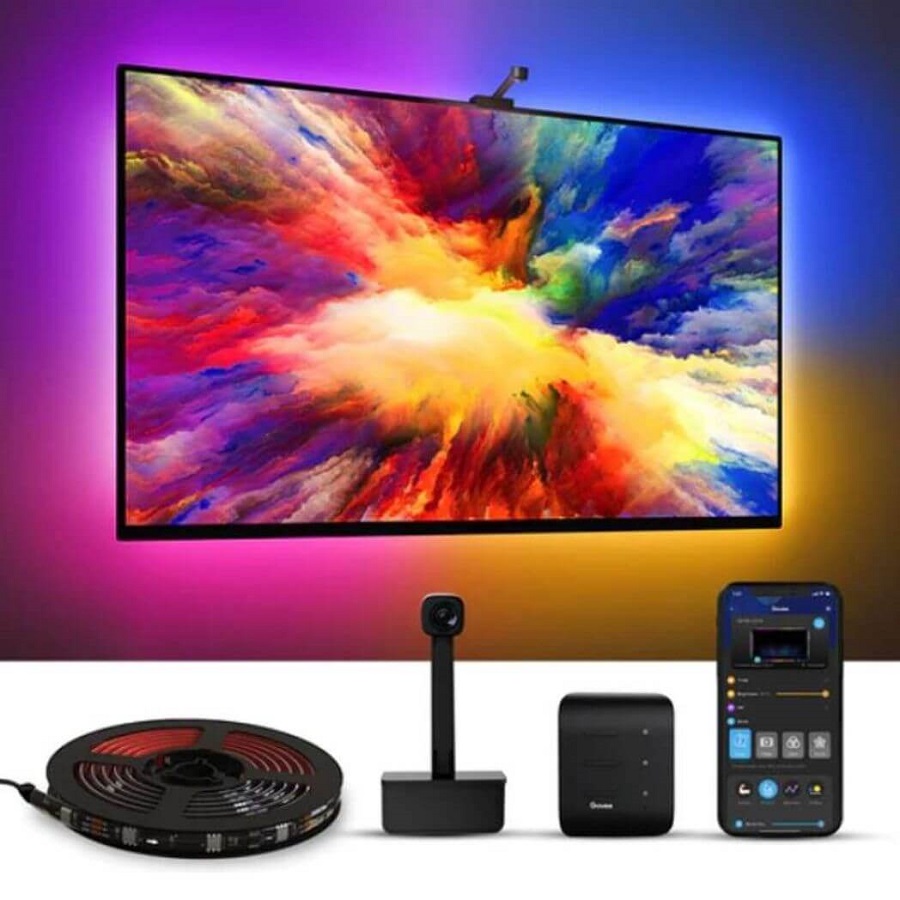Introduction
Maquina de bordar – Embroidery is not merely a craft; it’s an art form that has been practiced for centuries, transcending cultures and styles. Whether you are looking to personalize gifts, create unique home décor, or start a small business, understanding embroidery machines is crucial. This guide will explore the various types of embroidery machines, their features, techniques, and tips to help you embark on your embroidery journey with confidence.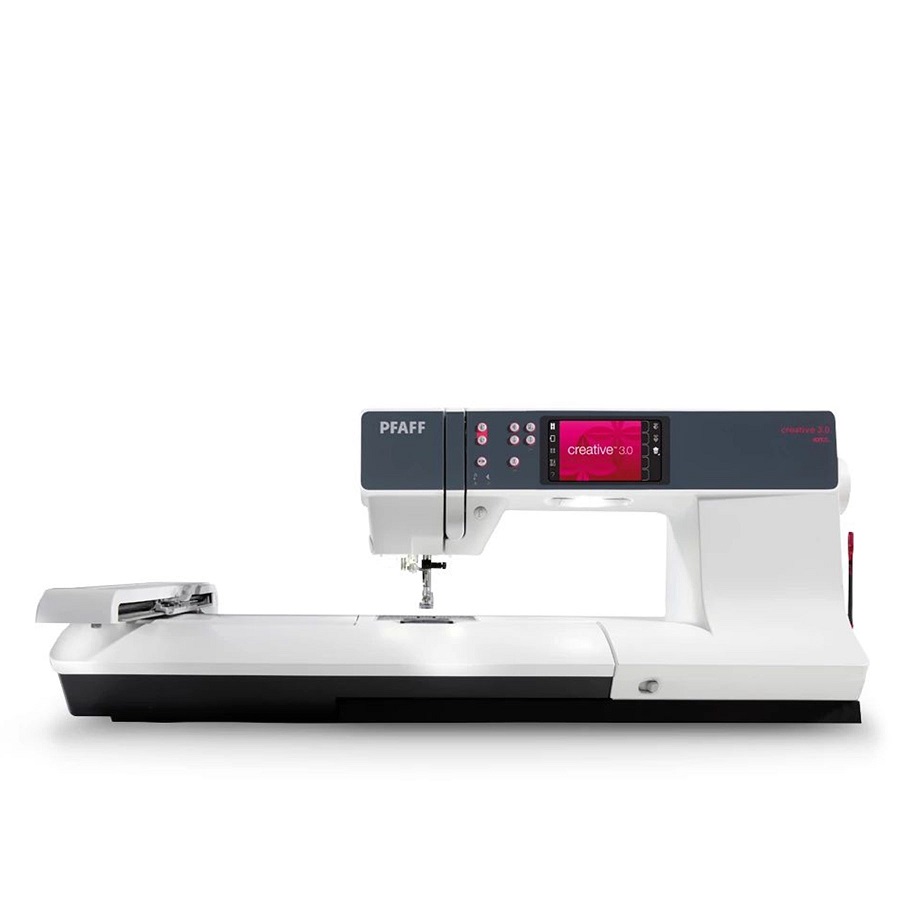
A Brief History of Embroidery
Embroidery has its roots deep in history, with evidence dating back over 30,000 years. Initially, stitching was a necessary skill for repairing clothing and creating functional textiles. As civilizations evolved, so did the techniques used in embroidery, transforming it into a decorative art form. From the elaborate gowns of European royalty, adorned with intricate floral patterns, to the vibrant folk designs of various cultures across the globe, each piece tells a unique story.
Key Styles of Embroidery
- Hand Embroidery: Traditionally created by hand, this method entails applying decorative stitches onto fabric. It allows for greater creativity and detailed craftsmanship.
- Machine Embroidery: As technology advanced, so did the techniques. Machine embroidery uses specialized machines to automate the stitching process, making it faster and more efficient.
Understanding Embroidery Machines
Embroidery machines come in various types, each serving different purposes and user levels.
Types of Embroidery Machines
- Single-Needle Embroidery Machines:
- Best For: Beginners
- Features: Simple to use, these machines come with one needle and are ideal for basic designs, monogramming, and small projects. They typically have manual controls and limited design capabilities.
- Multi-Needle Embroidery Machines:
- Best For: Intermediate to advanced users and small business owners
- Features: Equipped with multiple needles, these machines can switch thread colors automatically, allowing for complex designs without manual intervention. They often come with advanced digitizing capabilities.
- Commercial Embroidery Machines:
- Best For: Business applications
- Features: Built for high-volume production, these machines are capable of handling larger projects and offer faster stitching speeds. They often allow for larger embroidery areas.
- Combination Machines:
- Best For: Crafters who want versatility
- Features: These machines blend sewing and embroidery capabilities, permitting users to embroider as well as sew. They offer flexibility for various projects.
Key Features to Consider
When selecting an embroidery machine, several features should factor into your decision:
- Hooping Area: The size of the embroidery area defines how large of a design you can create. Beginners may start with a smaller hoop, but larger areas provide greater possibilities for designs.
- Built-in Designs and Fonts: Many machines come preloaded with a selection of designs and fonts, making it easier for beginners to start right away.
- Computer Connectivity: Some machines offer USB ports or wireless capabilities, enabling users to transfer designs from a computer or download new designs from the internet.
- User Interface: The ease of use is pivotal, especially for beginners. Look for machines with intuitive controls, color touch screens, and detailed instruction manuals.
- Brand Reputation and Support: Opt for trusted brands that provide robust customer support, warranty options, and online communities for shared learning and support.
Essential Techniques for Successful Embroidery
Embroidery requires a blend of creativity and technical skill. Here are some essential techniques to master as you grow in your embroidery journey:
1. Digitizing Designs
Digitizing is the process of converting artwork into a format that embroidery machines can read. Many machines come with software to help users create their designs, or you can hire professionals to digitize more complex designs.
2. Choosing the Right Materials
Selecting quality fabric, stabilizers, and threads is critical for achieving great results. Certain fabrics require specific stabilizers to maintain the integrity of the embroidery and prevent puckering.
3. Proper Hooping
Correct hooping ensures that the fabric remains taut during the embroidery process, allowing for even stitching. Learn to securely hoop your fabric while avoiding excessive stretching.
4. Threading Techniques
Understanding how to thread your machine correctly can prevent many common issues. Familiarize yourself with how tension affects your stitching and adjust accordingly.
5. Maintenance and Care
Regular maintenance is crucial for optimal performance from your embroidery machine. Keep it clean, lubricate as needed, and check for any wear and tear on parts.
Inspiring Project Ideas
Embroidery projects can be fun and fulfilling. Here are some ideas to get you started:
- Personalized Gifts: Create custom embroidered items such as towels, bags, or clothing for friends and family.
- Home Decor: Design unique cushions, wall art, or table runners with your favorite patterns to liven up your living space.
- Memorable Keepsakes: Embroider family names, dates, and special sayings on fabric and frame them as lasting memories.
- Pet Accessories: Make personalized collars, beds, or clothing for your furry companions to add a stylish touch.
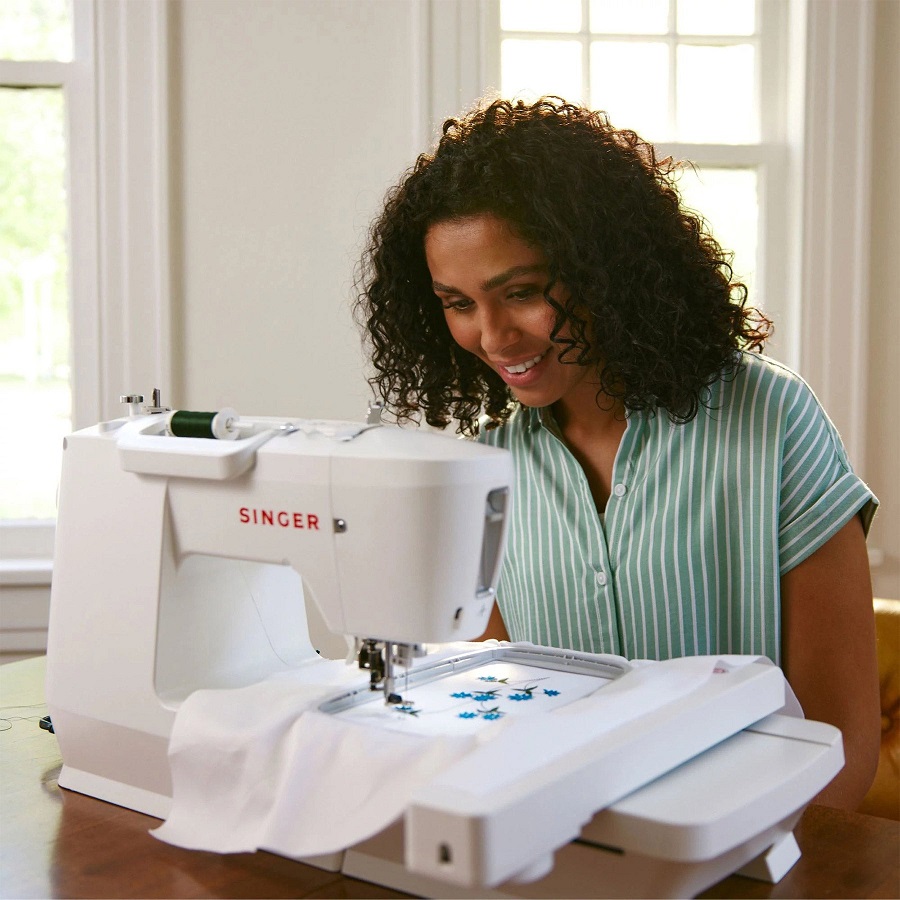
Understanding Your Embroidery Machine
Before diving into advanced techniques, it’s crucial to have a solid understanding of your embroidery machine’s capabilities. Modern machines come equipped with features such as automatic thread tension adjustment, computer connectivity, and a variety of stitch patterns. Familiarizing yourself with these features can significantly affect the quality of your embroidery work.
Digitizing Techniques
At the heart of every great embroidery project is effective digitizing. This involves converting artwork into a format that your embroidery machine can understand. Here are some advanced digitizing techniques:
a. Use of Custom Stitches
Instead of relying solely on the standard stitch patterns, consider creating custom stitches that cater to specific designs. Most advanced embroidery software allows for creating unique stitch types, enhancing the texture and detail of your designs.
b. Layering and Underlay
Incorporating underlay stitches can improve the stability and look of your embroidery, especially on stretchy fabrics. Advanced digitizers often use multiple layers of underlay to support intricate designs, which helps to maintain the integrity of the fabric and prevent puckering.
c. Pull Compensation
Pull compensation is essential for complex designs, particularly those with dense stitching. Adjusting the pull compensation settings helps mitigate the way fabric retracts after the stitches are complete, ensuring your design maintains its intended shape.
Choosing the Right Stabilizers
Stabilizers are crucial for achieving professional results. Different fabrics and design complexities will dictate the type of stabilizer required. Here are some advanced tips:
a. Layering Stabilizers
For intricate or heavy designs, layering multiple stabilizer types can provide additional support. For example, combining a water-soluble stabilizer on top with a cut-away stabilizer underneath can yield excellent results on fabrics that tend to shift.
b. Choosing the Right Weight
Using the correct weight of stabilizer is key to preventing distortion and ensuring a smooth embroidery process. Heavier fabrics require a heavier stabilizer, while lighter fabrics can often work well with lighter options.
Thread Selection and Management
The choice of thread can dramatically alter the outcome of your embroidery efforts. Here are advanced tips for thread management:
a. Metallic and Specialty Threads
When using metallic threads or specialty threads, adjustments in tension and needle choice are necessary. Use the appropriate needle (e.g., a metallic needle) and slow down the machine’s speed to prevent breaks and snags.
b. Color Management
Utilizing a color palette that complements your fabric is essential. Advanced users often create a color chart to visualize how different thread colors work with specific fabrics under different lighting conditions.
Design Placement and Alignment – Maquina de bordar
Accurate design placement is a hallmark of professional-quality embroidery. Here are methods to ensure your designs are flawlessly aligned:
a. Using Alignment Tools
Modern embroidery machines often come with built-in alignment tools. Utilize these features to center your design accurately, especially on larger items like jackets or quilts, where a misalignment could be glaring.
b. Test Runs
Always perform test runs on scrap fabric before executing the final design on your project fabric. This helps identify any misalignments and allows you to make necessary adjustments without ruining your material.
Creating Multi-Layered Designs – Maquina de bordar
Multi-layered designs can add depth and complexity but require precision. Here’s how to master them:
a. Using Puff Foam
Puff foam adds dimension to embroidery designs. By placing puff foam beneath the stitches, you can create a raised effect. Ensure the design is digitized appropriately to account for the extra height.
b. Combining Techniques
Consider combining various techniques, such as appliqué and standard embroidery, to create intricate designs. This can be particularly effective for logos or custom designs that demand a unique touch.
Maintenance and Calibration of Your Machine – Maquina de bordar
Regular maintenance and calibration ensure that your machine remains in optimal condition, directly impacting the quality of your results.
a. Regular Cleaning
Dust and lint can affect performance. Regularly clean the needle, hook area, and bobbin case. Keeping the machine clean prevents thread breaks and skips.
b. Calibration Checks
Periodically check the needle position and tension settings. Adjustments may be required, especially after extensive use or if you notice inconsistencies in your stitching.
Experimentation and Innovation – Maquina de bordar
The art of embroidery is constantly evolving, and experimentation often leads to new techniques and styles. Don’t hesitate to push the boundaries of what your machine can do:
a. Integrating Technology
Incorporate software that allows for 3D embroidery or even interactive elements, like LED lights in your designs. This can set your work apart in a crowded market.
b. Networking within the Community
Connect with other embroidery enthusiasts through forums or social media. Sharing ideas and techniques can spark creativity and introduce you to new methods and technologies.
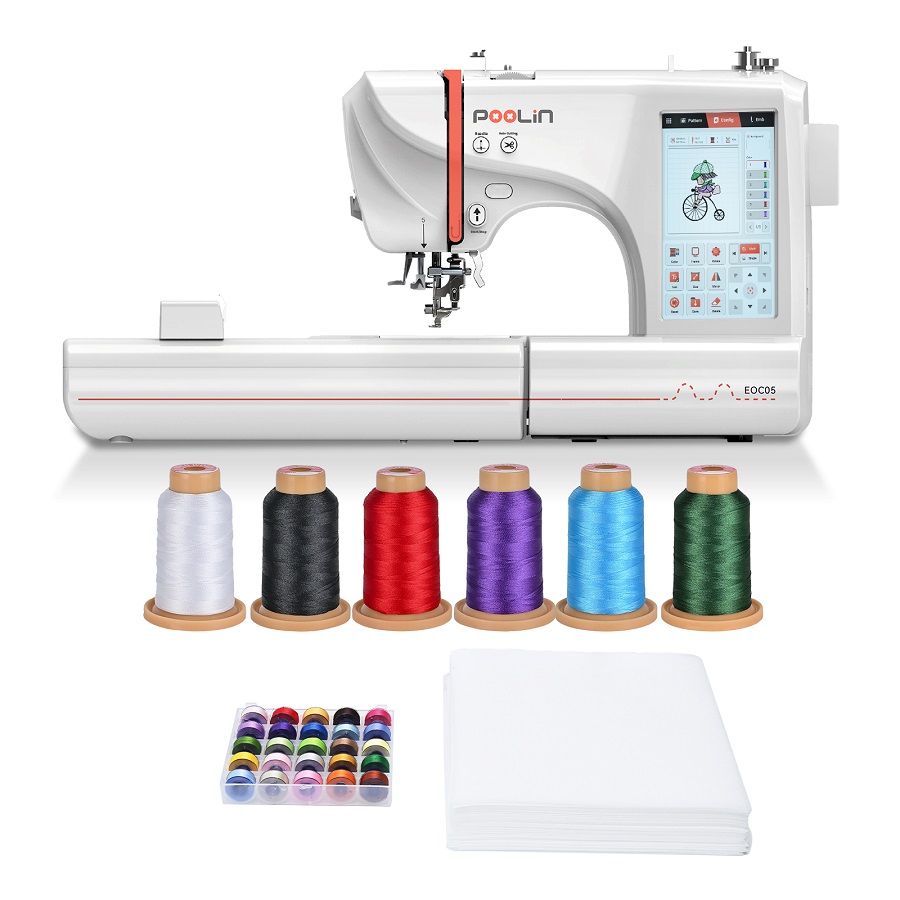
Conclusion and Final Thoughts – Maquina de bordar
The art of embroidery is an expressively rich and rewarding skill. By investing in the right equipment, learning essential techniques, and experimenting with designs, you have the potential to create stunning projects that reflect your personal style. Embroidery machines have democratized this age-old art, offering the tools necessary for everyone from hobbyists to professional fabricators.
As you dive into this vibrant world, remember that practice is key. Don’t be afraid to make mistakes—each one is a learning opportunity that will refine your skills and elevate your creations. So, gather your materials, choose the right machine, and start stitching your unique narrative today!
